Consider These Four Strategies for Year-End Charitable Giving
With 1.54 million active charitable organizations in the United States, deciding where to donate your hard-earned money can be an arduous decision. In many ways, the list of worthy causes can feel infinite – climate change, gun violence, hunger and food insecurities, racial injustice, reproductive rights, etc. According to The Annual Report on Philanthropy, during calendar year 2021, an estimated $484.85 billion was given away to deserving charities by individuals, estates, foundations, and corporations. This represents an increase of 4% from 2020. But what many folks don’t realize is that the question of how and when to give is actually equally as important as where to give. This article will discuss a few of the most prevalent strategies to maximize charitable intent and minimize tax exposure.
Strategy #1 – “Bunch” Two Years of Charitable Contributions into One
Taxpayers only receive a tax benefit for their charitable contributions if they itemize their deductions on Schedule A. Unless a taxpayer’s total charitable contributions, mortgage interest, state taxes (capped at $10,000), and medical expenses (in excess of 7.5% of their adjusted gross income) cumulatively EXCEED their standard deduction amount, they will NOT itemize their deductions. They will simply take the standard deduction instead. For tax year 2022, for example, single filers may claim a standard deduction of $12,950 and married filers may claim a standard deduction of $25,900. These are large thresholds to exceed for many taxpayers.
This strategy first became popular in 2018 when the Tax Cuts and Jobs Act essentially doubled the standard deduction amounts. It proposes that taxpayers forgo making charitable contributions in a given year and then contribute double what they otherwise would in the following year. “Bunching” two years of charitable contributions into one may allow them to surpass the standard deduction for their filing status (i.e., itemize their deductions) and save taxes every other year. In contrast, by giving smaller amounts equally across all tax years, no tax savings may be recognized.
Strategy #2 – Donate Appreciated Non-Cash Assets Rather than Cash
This strategy works well for prospective donors who have a robust portfolio of stocks or bonds that have appreciated significantly since they were acquired. Rather than selling/liquidating the assets and then donating the proceeds, this strategy permits taxpayers to eliminate the capital gains tax and receive a charitable deduction all in one fell swoop. Depending on the donor’s income level, this could mean eliminating federal capital gains tax of 15%-20% (plus state taxes on the capital gain, if applicable). Furthermore, they will receive a tax deduction equal to the fair market value of the assets donated at a rate equal to their federal and state marginal tax rates.
One limitation of this strategy is that the donation of non-cash assets is limited to 30% of a taxpayer’s adjusted gross income, unlike cash assets, which are limited to 60% of a taxpayer’s adjusted gross income. Any amount in excess of this 30% limitation must be carried over to a future tax year. Excess contributions may be carried forward for up to five tax years. After that, any unused contributions are forfeited.
Strategy #3 – Consider Establishing a Donor-Advised Fund (DAF)
A donor-advised fund is a charitable entity created by a taxpayer. It allows for an immediate tax deduction when cash or appreciated securities are contributed to the account. The funds then remain in the account – invested both prudently and appropriately. The funds grow tax free until the taxpayer makes grants to their favorite charities in subsequent years, on a personalized timetable that works for them. This tax-free growth allows folks to give even more to the special causes close to their heart than they otherwise would.
This strategy works exceptionally well when paired with a higher-than-normal income year resulting from the exercise of stock options, the sale of a rental property, or even a Roth IRA conversion. The DAF contribution can be used to offset the income tax resulting from these large transactions AND create a philanthropic pool of funds to utilize in the future. Here at Chicory Wealth, we use the Fidelity Charitable platform for our clients’ DAF needs. We are happy to analyze and calculate optimal DAF contributions for our clients on a case-by-case basis.
Strategy #4 – Make Qualified Charitable Distributions (QCDs)
A qualified charitable distribution is a donation made directly from a taxpayer’s traditional IRA. Doing this allows a donor who is at least age 70½ to send a maximum of $100,000 per year to one or more charities of their choice. Retirement-age individuals and couples sometimes realize that they don’t “need” income from their traditional IRAs. Their other income streams are sufficient to meet their needs. But beginning at age 72, the IRS mandates that traditional IRA owners begin to take annual income withdrawals, known as required minimum distributions (RMDs). Rather than taking these annual withdrawals, subjecting themselves to ordinary income tax and perhaps even a higher tax bracket, they can give to charity via QCD instead. The distribution is not considered taxable income and no income taxes are due.
This strategy is exceptionally powerful since non-QCD charitable contributions only reduce taxable income, but they don’t reduce adjusted gross income. The QCD strategy reduces both. In turn, a lower adjusted gross income level can result in the lower taxation of social security income, lower Medicare premiums, possible real estate tax exemptions or healthcare subsidies, etc. Moreover, since the value of the taxpayer’s traditional IRA decreases when funds are sent to charity, it will result in lower RMDs in the future. Here at Chicory Wealth, we often set our clients up with a checkbook for their traditional IRA. This makes the QCD strategy efficient and stress-free.
Before implementing any of the aforementioned strategies, it’s important to discuss them with your financial advisor and/or tax accountant. You can work together to determine the appropriability and applicability to your overall situation and holistic financial plan. Should you have additional questions, please contact me via e-mail at [email protected].









